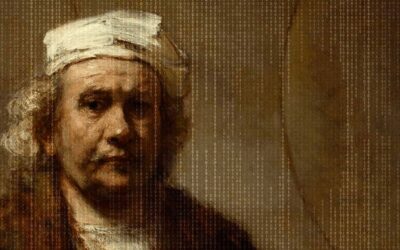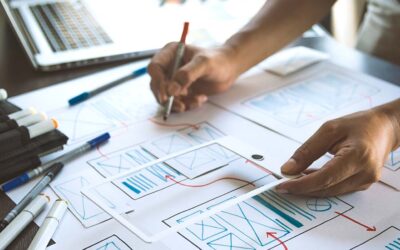You and Your First Museum CMS: What to Do First

Rachael Cristine Woody
It is finally here! All the hard work you have put in has led to a new museum Collections Management System (CMS).
Whether this is the very first museum CMS or an upgrade to a different CMS, there are a few activities to consider performing to help you establish a successful foundation. This is true even if you already have data in the CMS from the migration process. The focus is now: What is your practice moving forward? This first post will walk you through how to get to know your new CMS. In the next few weeks, we will also explore how to capture and get new data into the CMS and how to draft your start-to-finish process for your future work.
Top 3 Things to Do First
The top three things to do first are:
- Get to know the new CMS
- Establish templates for each record type
- Practice using the tools and functionality
Each of these items will help you better understand the CMS and will help support your work to be at its most efficient. The focus on efficiency is key because it helps ensure the data you capture or transform is accurate, and it helps you to save time and labor—resources that are typically scarce in a museum setting.
Get to Know the New CMS
The very first thing to do once the CMS is up and operational is explore. CMS orientations and trainings can be incredibly helpful; however, the best learning—the learning that sticks with us longest—happens through exploration and discovery. This is the time to investigate the corners of your CMS and cement your learning on how aspects of the data are connected and what tools may be of most use to you.
Establish Templates
The next activity to perform is establishing templates within the CMS. Depending on the CMS, this may be an actual template where you can dictate common fields and values. Or, for more basic CMS options, this may be a “dummy” record, one that’s never published since it exists as an example to duplicate and follow. Depending on what activities you use your CMS for, you’ll want a template for each record type. Common activities to have a record template for are: accession, object, exhibition, loan, and conservation.
Practice Using the Tools
Now it’s time to practice. For each area of the CMS there are tools and functions that exist to help your work in the database be more effective. For example, there may be data cleanup functions available such as find and replace, or bulk edit. Similarly, there are tools and functions that can assist with mass moving of objects, gathering object into groups, and publishing digital galleries. You may not need all of these tools, but there will be at least a few you use on a regular basis. Understanding the CMS tools and learning how to wield them effectively is an important part of getting to know your new CMS—one that will help to ensure your work is as successful and efficient as possible.
Conclusion
You have now completed the “getting to know you” phase of learning your new museum CMS. This process has hopefully inspired at least a few ideas on how you can effectively use the new CMS in your work, which areas may be of most use to you, and which tools should be considered for any future bulk work or data cleanup. Next week we will focus on options for how to get new data into the CMS.

Rachael Cristine Woody
To learn more, please join us for a free webinar I Finally Have a Museum CMS; Now What? On March 27, 2024 at 11 a.m. Pacific, 2 p.m. Eastern. (Can’t make it? Register anyway and we will send you a link to the recording and slides afterwards). Register now.
Never miss another post. Subscribe today!
Similar Posts
No-Code Digital Storytelling Example: Rembrandt’s Self-Portrait at Kenwood House
Explore how English Heritage’s Kenwood House uses the no-code platform Shorthand to bring Rembrandt’s Self-Portrait with Two Circles to life through visual storytelling and interactive design.
Exploring No-Code Digital Storytelling: Hoover’s “Fanning the Flames” Exhibit
Explore no-code digital storytelling with Hoover’s ‘Fanning the Flames’ exhibit. See how interactive tools (Deep Zoom Color Compare & Hot Spot) enhance user engagement and the visual experience.
An Introduction to Scrollytelling for Museums
Discover how museums use scrollytelling and digital storytelling platforms to create immersive narratives. This introduction explores key concepts and approaches to interactive storytelling.
Exploring Self-Determinate Multiple Pathways: An Example of Digital Storytelling
Discover how self-determinate multiple pathways offer flexible interactive storytelling in museum exhibits. Learn from the Tenement Museum’s ‘Your Story Our Story.’






Leave a Comment
Comments are reviewed and must adhere to our comments policy.
0 Comments